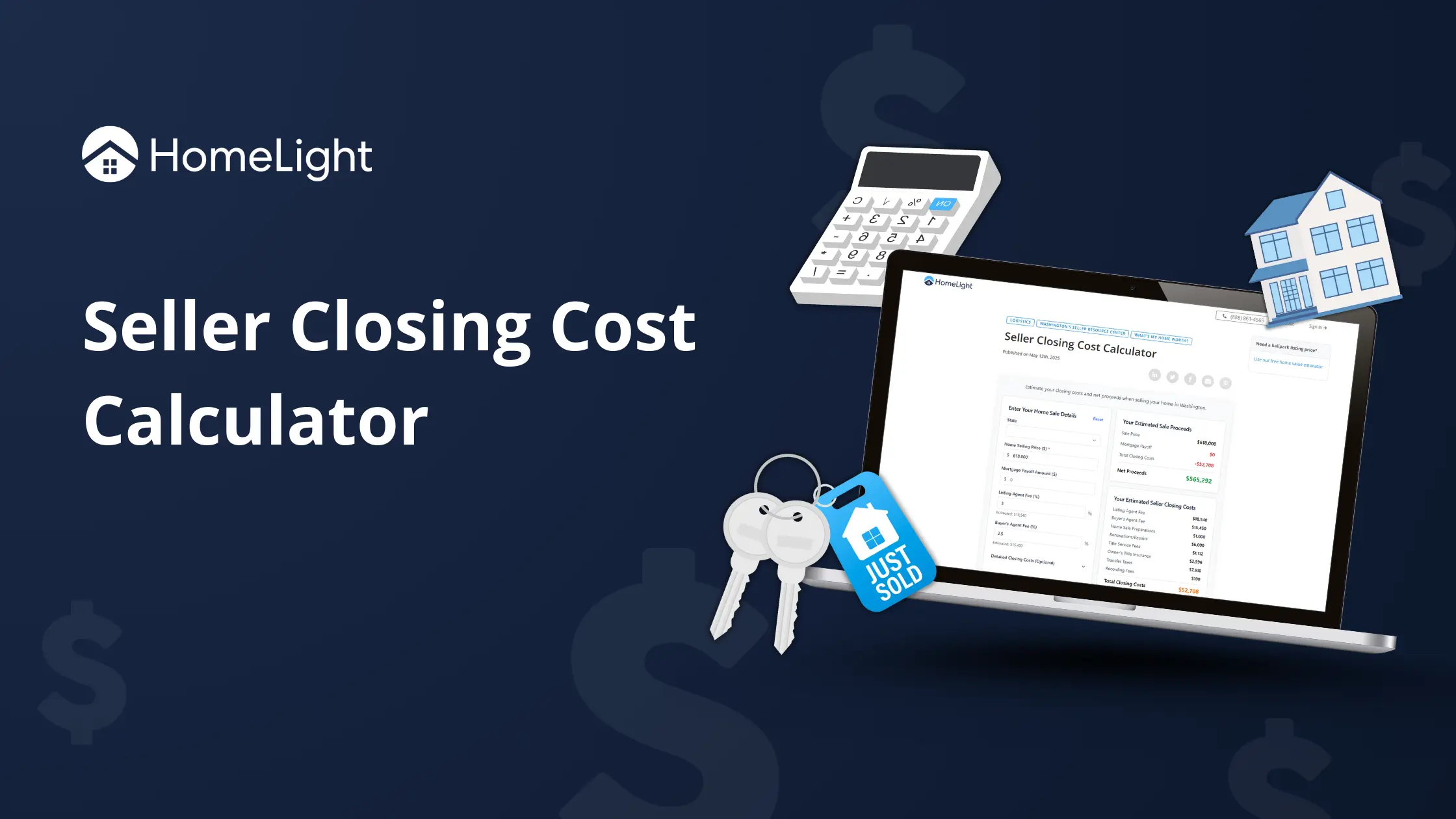
Your agent just called with great news: A buyer has made an offer on your house! Exciting, right? But don’t pop the champagne just yet. The real dance begins now with negotiations. How you navigate this back-and-forth can make or break the sale. Understanding how far buyers can push when negotiating a house sale is key to keeping the upper hand. Price is just the tip of the iceberg. Buyers can haggle over everything from closing costs to roof repairs — and sometimes even the Harley in your garage. Dave Nelson, a top-selling real estate agent in Idaho Falls, Idaho, recalls a buyer who once asked for exactly that (the seller said no!). To help you handle unexpected demands and decide when to stand firm or flex, we’ve gathered advice from top real estate agents and investors. Here are 6 key tactics every seller should know when negotiating with buyers and tips on how to respond. Price has always been a key element in real estate negotiations, but in 2025, things are evolving. While the buyer’s initial offer — often lower than your asking price — is typically the starting point for price discussions, much of this negotiation usually takes place before you even sign the contract. You’ll then have the opportunity to counter, and this back-and-forth can continue until both parties agree on a final price. Market conditions significantly influence this process. In a buyer’s market, where inventory is high or a property has lingered on the market, offers can sometimes fall 10% or more below asking price. On the flip side, in a seller’s market — where inventory is low and competition is fierce — you’re more likely to see offers at or above asking price. With inventory remaining tight and competition growing in many areas, buyers may still attempt to negotiate on price. However, sellers are finding themselves in a stronger position, especially in markets where demand is outpacing supply. In these scenarios, price reductions are less common since buyers are eager to lock in a home before it’s taken off the market. “In Bonneville County, our list-to-sell ratio is hovering right around 100.68%,” he says. “In most scenarios, if the property is priced appropriately and it’s in good marketable condition, we’re seeing negotiation happening around the terms more than pricing,” Nelson says. Given this trend, sellers should focus not only on setting an attractive asking price but also be prepared to negotiate on other factors, such as closing costs, contingencies, and possession dates. In today’s market, there are several scenarios where you might consider adjusting your price to close the deal. Here are a few situations where conceding on price could make sense: In most other situations, sellers are in a stronger position to hold firm on price. If a buyer is trying to negotiate a price that the seller believes is too far below the home’s value, Nelson says he usually provides the buyer’s agent with a copy of the valuation he ran on the property prior to listing. “It’s just an extra tool to help educate them on the market and what they should expect to pay,” he says. By sharing a comprehensive valuation, you’re not only reinforcing your price but also helping buyers understand the market dynamics, especially when conditions favor sellers.1. Offering a lower price
Seller’s strategy



